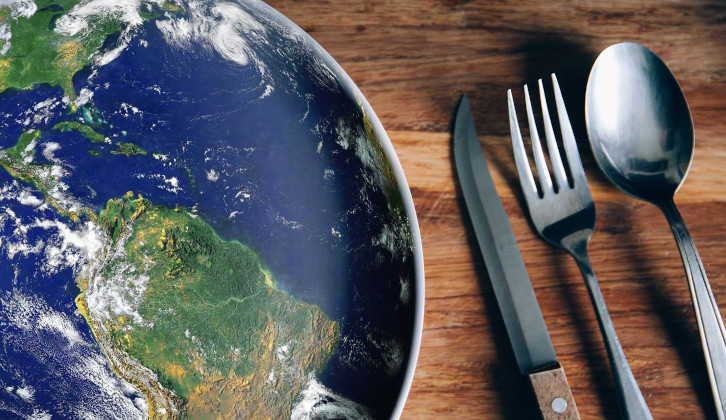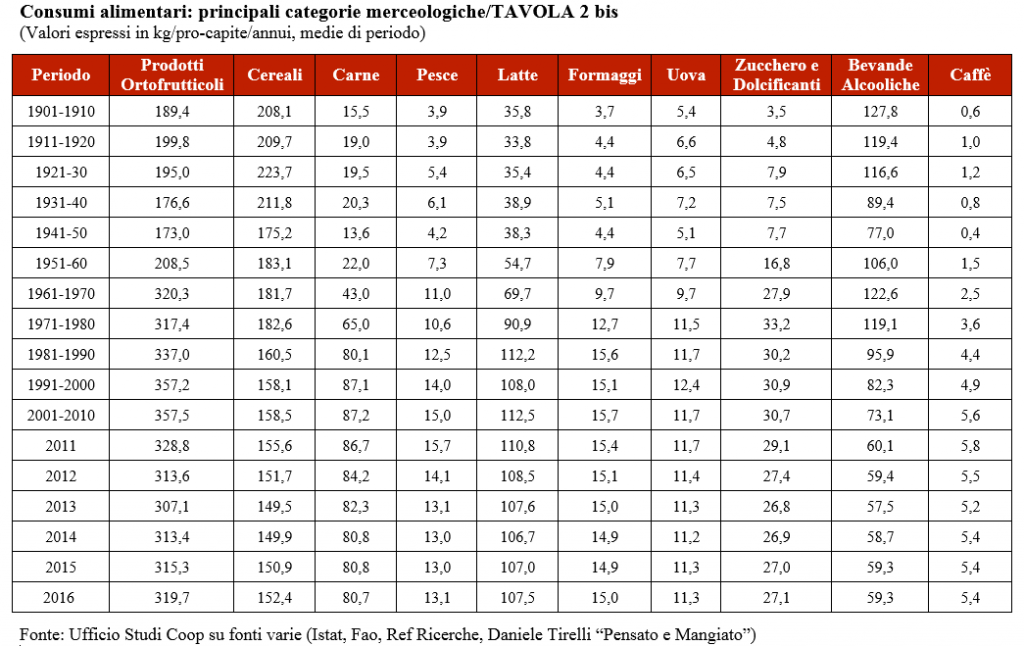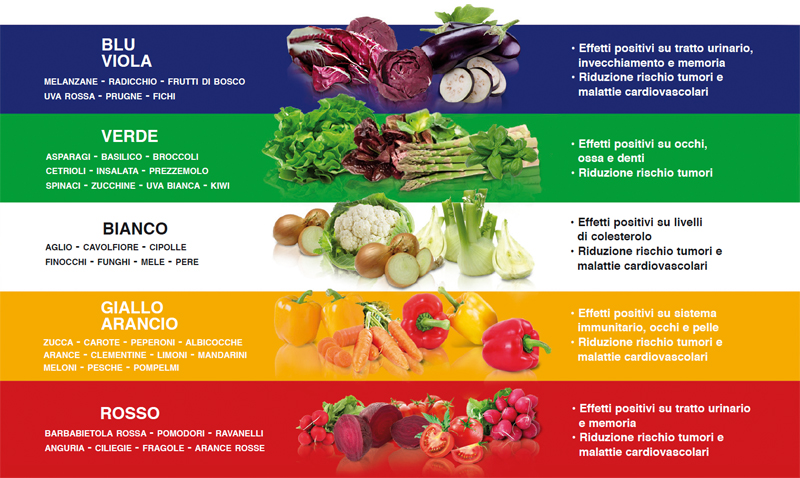
There are many fashions that are born and die in the food sector, but one theory that we hear more often about is that of Nutrition Ecology. The concept of Nutrition Ecology was born in 1986, when a group of nutritionists from the University of Giessen, in Germany, examined all the components of the food life cycle and evaluated the effects according to the 4 dimensions of life: human health, the environment, society, and the economy.
All the components of the food chain involved in the food production and consumption process, “from the cradle to the grave” are evaluated, which include production, collection, conservation, storage, transport, processing, packaging, trade, distribution, preparation, composition, consumption of food and the disposal of waste materials of the various phases.
By comparing the 4 dimensions it is possible to evaluate the sustainability of our eating style.
By observing the data reported, we realize how food has become the most striking and concrete example of the network of connections that governs life on the planet; it is at the same time nutrition and culture, environment and geography, history and identity and every product we bring to the table is the result of a connection between ecosystems, soil, air, water, plant species, animals, knowledge, and man.
And it is for this reason that each of us, the consumer, determines with our daily food choices a great impact on the earth and on biodiversity.
In the last fifty years, the consumption of animal foods has spread exponentially throughout the industrialized world: meat, fish, milk and dairy products, eggs. These foods are consumed today in every meal, in all families, as opposed to what happened until the 1950s, when the diet was mainly based on vegetables and legumes and red meats were intended only for holidays and only those who lived in the countryside could afford a few more chickens and eggs.
What caused this increase? Essentially their cost; these products, in fact, today have a very low production cost, compared to the real production costs; even lower than the cost of vegetal foods, whose production instead, inevitably, needs a much higher quantity of raw materials, energy, work.
We spend little to eat, but a light receipt corresponds to a much more salty environmental bill than we think.
A few numbers to understand:
- the agriculture in support of animal husbandry now occupies 78% of the land used in agriculture around the world;
- since 1970 the collective weight of wild mammals has decreased by 82%, while chickens today represent 57% of all birds by mass;
- 100 g of beef emits 1,600 g of CO2, a value that is approximately 14 times that of the average greenhouse gases emitted during the life cycle of 100 g of fruit and vegetables and 2.5 times those related to fish, chicken and eggs;
- According to UNESCO data, from 20 to 33% of the world’s fresh water is being absorbed by the livestock industry to produce meat and animal derivatives, of which 98% is used to produce feed, while just 1.1% is used to make animals drink. For the production of any type of vegetables, an average of 300 liters of water per kilo is needed.

These pieces of evidence show a balance upset by the spread of diets that insist on the consumption of meat that comes from intensive farming where millions of animals can be raised, without having crops to feed them, but using only artificial feed.
The same happens when we buy products that come from thousands of kilometers away: the air transport of a kilo of Chilean apples produces 18.3 kg of carbon dioxide and consumes 5.8 kilos of oil. emitted 24.7 kg of carbon dioxide and consumed 7.9 kg of oil.
What do these numbers teach us? The only truly dominant variable for environmental impact, human health, and animal welfare are the choices of each individual consumer.
The next time we do the shopping, back home, we shall have to read the receipt and try to think not about how much we have saved, but about how much we have donated to our Earth.
Buying local and seasonal products saves energy and produces half of greenhouse gas emissions such as carbon dioxide. A practical example comes from the tomato: cultivation in heated greenhouses produces carbon emissions about 60 times higher than seasonal cultivation in the field.

In addition, seasonal products contain greater quantities of vitamins and nutrients, are tastier, and help the environment and, in addition, we help the local economy and enhance the typical characteristics of our land.
In summary: if you want to benefit yourself and the environment, you should favor local and seasonal products, eat more cereals, legumes, vegetables, and fruit, reduce the consumption of red meats, choose responsibly, reduce excessively processed foods, vary your daily diet and reduce waste.
BIBLIOGRAPHY
NEIC Centro Internazionale di Ecologia della Nutrizione – http://www.nutritionecology.org
https://www.saicosamangi.info/download/report_impatto_amb_A4.pdf
https://www.wwf.it/cosa-facciamo/campagne/food4future/
Credits
Author: Carlo Milia is a biologist, science educator and popularizer, nutrition expert. He deals with environmental education by taking care of projects, campaigns, seminars, and events. He designs and manages exhibition spaces, museums, accommodation facilities and environmental education centers.
Translation by Maria Antonietta Sessa



